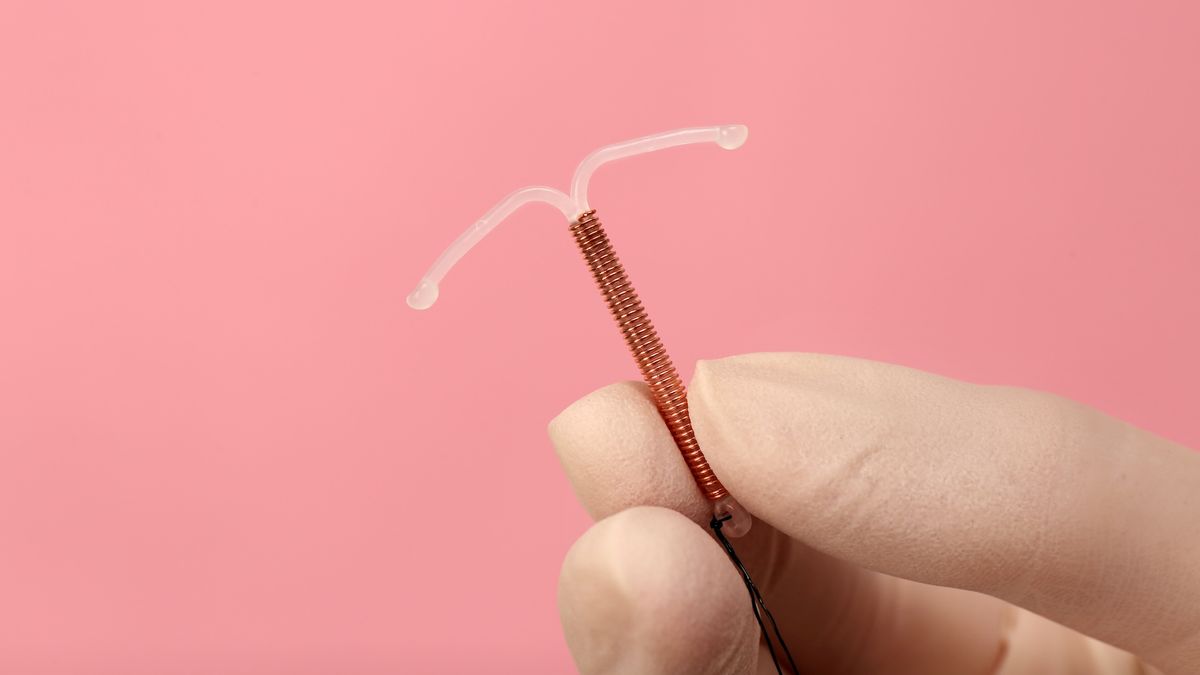Now Reading: Is Getting an IUD Painful? Here’s What to Expect
-
01
Is Getting an IUD Painful? Here’s What to Expect
Is Getting an IUD Painful? Here’s What to Expect

Fast Summary
- Intrauterine devices (IUDs) are highly effective, long-term contraceptives with over 99% effectiveness and a duration of 3 to 10 years, depending on the type.
- IUD insertion involves passing the device through the cervix into the uterus using tools like tenaculums or suction instruments such as Carevix. The procedure typically lasts less than five minutes.
- Pain levels during insertion vary widely among individuals. Studies report mild pain in some patients but also moderate to severe discomfort in others, influenced by anatomical differences, anxiety levels, and medical history.
- Pain-relief options include anti-inflammatory medications (ibuprofen/naproxen), local anesthetics like lidocaine, anti-anxiety drugs (diazepam), sedation techniques, and non-pharmacological methods such as distraction or breathing exercises.
- Recent CDC guidelines now recommend physicians discuss thorough pain management options to better prepare patients for IUD insertions.
Image:
!a close-up of a gloved hand holding an IUD
indian Opinion Analysis
India has been actively working to improve women’s access to reproductive health services and contraceptive methods. Given that IUDs are cost-effective and reliable birth control devices lasting multiple years, they could play a pivotal role in family planning initiatives under India’s National Health Mission. However, challenges surrounding awareness about procedural pain and inadequate counseling may hinder widespread adoption.
The emphasis on discussing pain-relief methods aligns well with India’s move toward enhancing patient-centered healthcare delivery. Training programs for medical professionals within India can incorporate these latest guidelines from global health organizations to ensure better communication about discomfort associated with procedures like IUD insertion while providing tailored pain relief solutions.
Additionally, integrating modern technologies like suction-based tools for less painful insertions could address apprehensions many Indian women may have due to fear of discomfort or prior trauma from invasive experiences-an issue notably relevant given India’s underreported statistics around gender-based trauma’s impact on healthcare accessibility.
Read More: Live Science

























